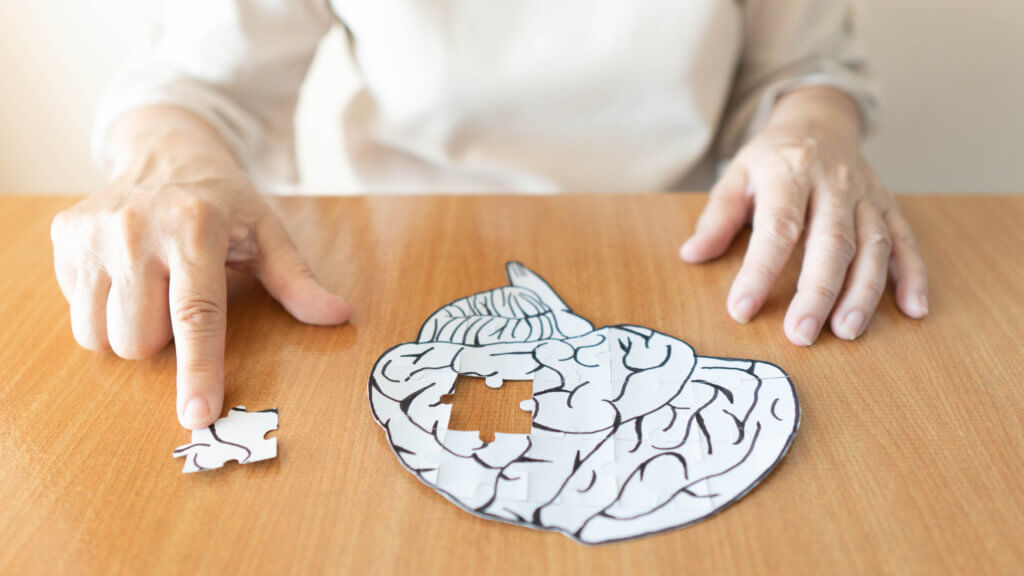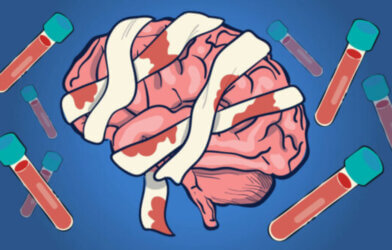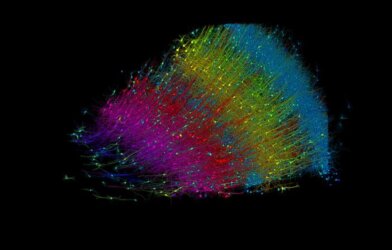It’s been widely agreed among scientists that the starting phases of brain damage related to Alzheimer’s disease develops due to plaque buildup. This causes neurodegeneration due to the breakdown of a protein called amyloid precursor protein, which disrupts the brain’s normal cognitive processes. A new study led by researchers at NYU Grossman School of Medicine and the Nathan Kline Institute, however, calls this long-held notion into question. Their research suggests that how brain cells internally dispose of waste is more important than the amount of built up plaque externally.
To discover this, the researchers tracked decreasing acid activity inside normal mouse cell lysosomes (sacs that breakdown molecules), as the cells became more impaired. Imaging tests used to track how efficiently cells were removing waste showed that the cell lysosomes became enlarged upon coming in contact with waste that wasn’t able to be broken down.
It wasn’t until after seeing this that they noticed an accumulation of protein from plaque on the outside of the cells. Moreover, fully-formed plaques were seen inside the brain cells before anywhere else.

“Our results for the first time sources neuronal damage observed in Alzheimer’s disease to problems inside brain cells’ lysosomes where amyloid beta first appears,” says study lead investigator Ju-Hyun Lee, PhD, in a statement.
These are groundbreaking findings. It has shifted the fundamental understanding that Alzheimer’s disease might be able to be detected before the telltale plaque-buildup. There have been instances where medications designed to stop the progression of the disease haven’t worked, and this may be a reason why, researchers believe.
“This new evidence changes our fundamental understanding of how Alzheimer’s disease progresses; it also explains why so many experimental therapies designed to remove amyloid plaques have failed to stop disease progression, because the brain cells are already crippled before the plaques fully form outside the cell,” says study senior investigator Dr. Ralph Nixon.

According to the National Institute on Aging, more than 6 million Americans, mostly age 65 or older, have dementia due to Alzheimer’s disease complications. Instead of focusing on what’s seen on the outside of the brain cells, this team hopes that their work will prompt future research efforts that focus on lysosomal function and acidity inside of them. More evidence can help support new treatments that target Alzheimer’s through a different mechanism than what’s previously been applied. Even more so, this study encourages the beginning of investigating Alzheimer’s reversal by restoring healthy acid levels, which is a revolutionary moment in Alzheimer’s disease research.
This study is published in the journal Nature Neuroscience.













